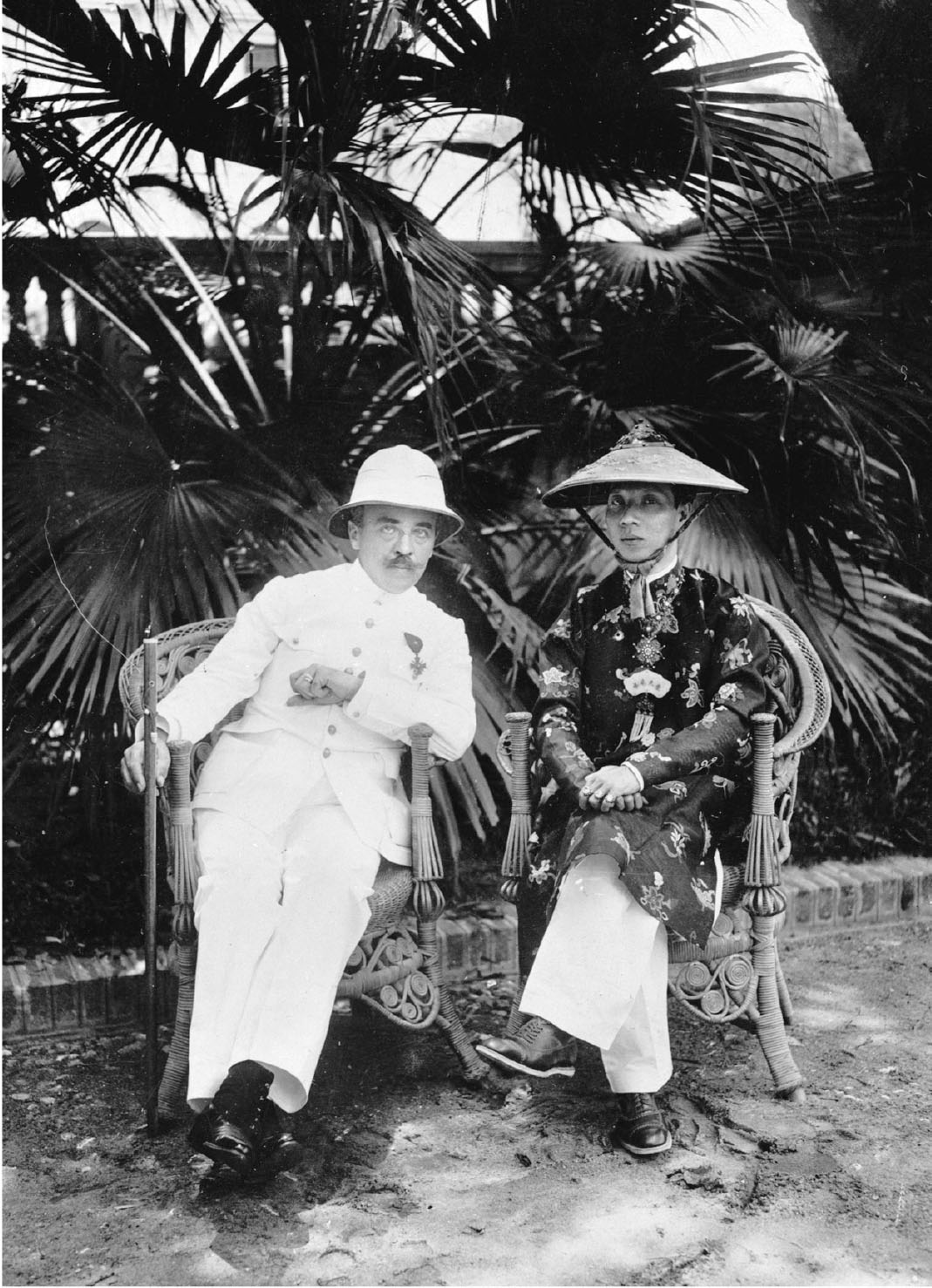A History of World Societies:
Printed Page 792
A History of World Societies Value
Edition: Printed Page 801
Chapter Chronology
Unlike India and Java, mainland Southeast Asia had escaped European rule during the eighteenth century. In 1802 the Nguyen Dynasty came to power in Vietnam, putting an end to thirty years of peasant rebellion and civil war. For the first time in the country’s history, a single Vietnamese monarchy ruled the entire country. Working through a centralizing scholar bureaucracy fashioned on the Chinese model, the Nguyen (gwihn) Dynasty energetically built irrigation canals, roads and bridges, and impressive palaces in Hue (hway), the new capital city. Construction placed a heavy burden on the peasants drafted to do the work, and this hardship contributed to a resurgence of peasant unrest.
Roman Catholic missionaries from France posed a second, more dangerous threat to Vietnam’s Confucian ruling elite. The king and his advisers believed that Christianity would undermine Confucian moral values and the unity of the Vietnamese state. In 1825 King Minh Mang (r. 1820–1841) outlawed the teaching of Christianity, and soon his government began executing Catholic missionaries and Vietnamese converts. As many as thirty thousand Vietnamese Christians were executed in the 1850s. In response, in 1859–1860 a French naval force seized Saigon and three surrounding provinces in southern Vietnam, making that part of Vietnam a French colony. In 1884–1885 France launched a second war against Vietnam and conquered the rest of the country. Laos and Cambodia were added to form French Indochina in 1887. In all three countries the local rulers were left on their thrones, but France dominated and tried to promote French culture.

The French Governor General and the Vietnamese Emperor The twelfth emperor of the Nguyen Dynasty, Khai Dinh (1885–1925) had to find ways to get along with the French governor general (in this picture, Albert Sarraut) if he wished to preserve his dynasty. Seen here in 1917 or 1918, he had adopted Western leather shoes but otherwise tried to keep a distinct Vietnamese identity in his dress. (© Maurice-Louis Branger/Roger-Viollet/Getty Images)
After the French conquest, Vietnamese patriots continued to resist the colonial occupiers. After Japan’s victory over Russia in 1905 (see “Japan as an Imperial Power”), a new generation of nationalists saw Japan as a model for Vietnamese revitalization and freedom. They went to Japan to study and planned for anticolonial revolution in Vietnam.
In all of Southeast Asia, only Siam succeeded in preserving its independence. Siam was sandwiched between the British in Burma and the French in Indochina. Siam’s very able King Chulalongkorn (r. 1868–1910) took advantage of this situation to balance the two competitors against each other and to escape the smothering embrace of both. Chulalongkorn had studied Greek and Latin and Western science and kept up with Western news by reading British newspapers from Hong Kong and Singapore. He outlawed slavery and implemented modernizing reforms that centralized the government so that it could more effectively control outlying provinces coveted by the imperialists. Independent Siam gradually developed a modern centralizing state similar to those constructed by Western imperialists in their Asian possessions.
